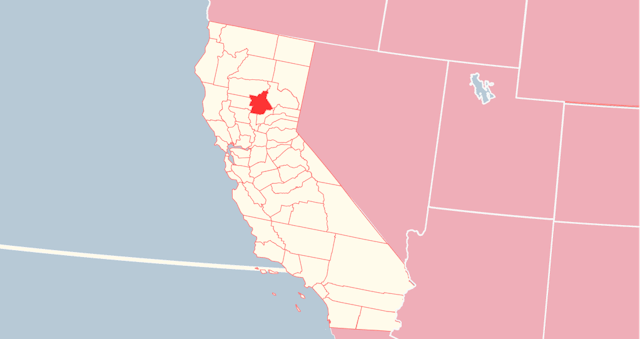Rehabs in Butte
Northern California is where Butte County is located. It is one of the most beautiful and naturally varied areas to live in California. 211,632 people were living there as of the 2020 Census. Oroville serves as the area's seat.
Like the other areas of the state, it also faces problems like alcohol and drug addiction. In recent years, CA has struggled with a high prevalence of drug and alcohol usage. It has led to a scenario in which almost every county is reporting high rates of drug mortality. Butte, CA, has reported 178 drug-related deaths in only one year.
Rehabs here are ready to help everyone who is suffering from dependence. Continue reading to learn more about Butte County Rehabs and the plans they offer.
Substance Use
According to the Butte County Community Health Assessment, it has issues with alcohol and illegal substances in a similar way to other counties. For instance, in 2014, the rate of binge drinking among people 18 and older was greater than the state's average. The state average was 32 percent, while 36.2% of individuals aged 18 and older reported binge usage in the previous year. The proportion of youth enrolled in colleges and universities correlates with the higher rates of alcohol abuse.
According to local and national data, college-age persons are particularly at risk for alcohol usage. On a nationwide basis, around 50% of students reported binge drinking. High school students in the 11th grade in this area had increased rates of drinking, which was also higher than the norm nationwide. However, fewer teens have used marijuana, inhalants, or recreational prescription medicines.
The use of pills and problems with heavy binge drinking definitely result in trips to the local hospitals' emergency rooms. Butte has much higher treatment rates than the rest of the state.
Efforts to Prevent Substance Use
As we have already mentioned, the county is badly affected by the opioid crisis. Before someone is even exposed to opioids, prevention steps are taken to stop opioid usage.
The Butte-Glenn Medical Society Drug Abuse Prevention Task Force works with doctors to develop detailed instructions, as well as, guidelines for prescriptions. This also includes whether to take them constantly, when to quit, and how to assess the risks, also side effects of opioid usage.
Detox
Withdrawing from addictive drugs under medical control is often the first step in rehabilitation. This process, known as detox, allows the patient to continue their therapy safely and lucidly. It is often followed by further treatments from a rehabilitation facility. In CA, detox takes place in outpatient, inpatient, and hospital rehab settings, with outpatient detox accounting for the majority of the cases (13.1%).
Inpatient Rehab
Patients can live in residential rehab while receiving around-the-clock control and help for their rehabilitation. Short-term inpatient one, which includes residential plans lasting fewer than 30 days, makes up 35.8% of the state's treatment centers.
Long-term ones offer their services for more than 30 days. These clinics are best suited for complicated or long-term addictions. They account for 39.2% of all recovery centers in CA.
Costs
How to pay for recovery is one of the concerns that individuals have while trying to recover from dependence.
Patients can use a range of funding options. Or they can use some of the free state-run plans to make healing cheap. In fact, 41.3 percent of centers provide therapy for free or at a nominal cost to clients who are not able to pay for their recovery.
Free Rehabs
Only 4.1% of California's care clinics provide all clients with free care. However, a greater percentage—41.3 percent—of facilities do not charge people at all. Or they greatly reduce their fees in response to their needs.
These centers often fall into one of three categories. These are nonprofit companies, and receivers of governmental funding. Or the help of those that access various forms of funding and payment arrangements to make it available to all people, despite their financial situation.
Patients can call any addiction clinic to assess their demands and payment choices to obtain cheap and efficient treatment.

